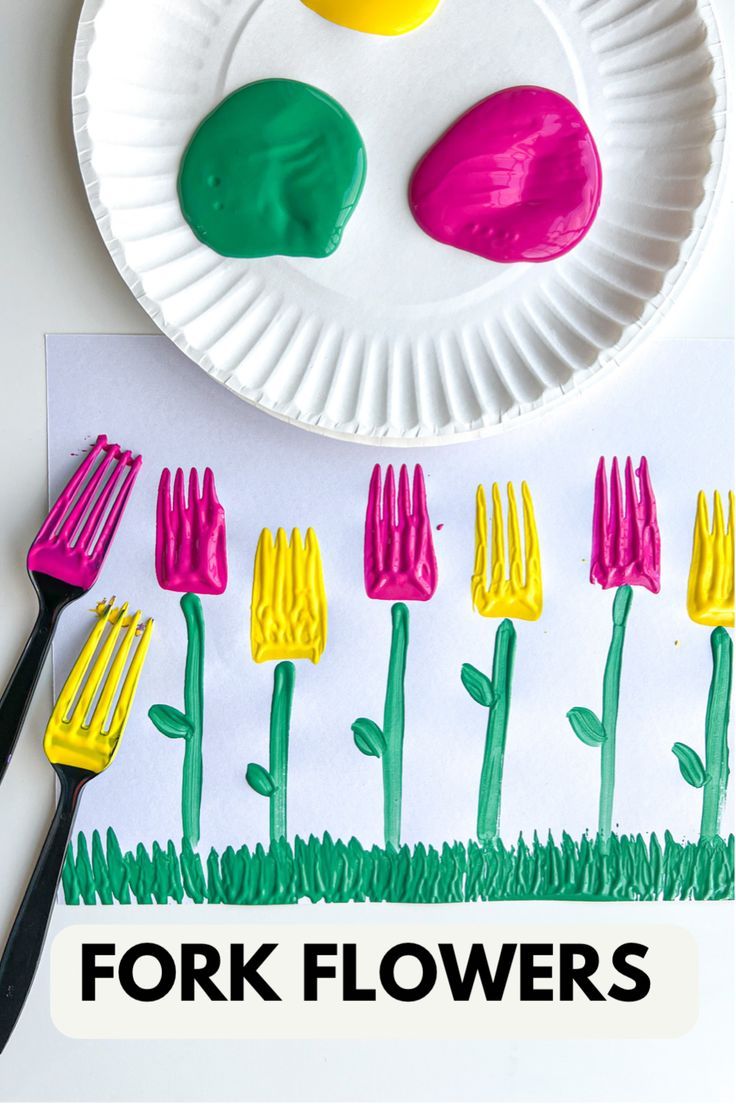Crafting is not just a whimsical pastime; it is a powerful pedagogical tool, particularly for young children. The act of making, creating, and manipulating various materials allows little hands to grasp foundational concepts that go beyond the mere products they generate. One particularly engaging theme for preschool craft sessions is the alphabet. The experience of creating alphabet crafts is not only enjoyable but also enriches cognitive and motor skills, providing multifaceted benefits for 3-year-olds.
As we delve into the enchanting world of alphabet crafts for preschoolers, it’s essential to recognize how these activities can capture their imagination. The combination of vibrant colors, varied textures, and the tactile experience of different materials pulls children into the experience. Crafting the letters of the alphabet transforms abstract symbols into tangible, interactive objects, making the learning process both meaningful and memorable.
Engaging in alphabet crafts addresses a common observation: children are naturally curious and eager to explore their surroundings. From a sensorial perspective, crafting allows them to interact with the world in ways that stimulate their creativity. When children create a letter, they are not merely observing; they are experiencing the letter through touch, sight, and even sound if we introduce elements that make noise upon interaction. This sensory approach fosters a deeper connection with what they are learning.
One of the most delightful aspects of alphabet crafts is their versatility. Educators and parents can employ a variety of materials—paper, cardboard, fabric, and recyclable items—making the process largely accessible. For instance, using colorful construction paper and glue, children can create their own capital letters. By tracing their hands or feet, they can construct letters that incorporate their own unique identity. As they cut, glue, and decorate, the children reinforce their fine motor skills, honing their dexterity and control.
Incorporating storytime into the craft can further enhance the learning experience. Begin with a story that features a character whose name starts with a specific letter. After immersing them in the narrative, the children can create that letter using various materials. For example, if the story revolves around a cat named “Charlie,” they could craft a large “C” and decorate it with soft fabrics or drawings of cats. This method of linking letters to characters ignites imagination and emphasizes the narrative context behind the alphabet.
As children craft each letter, they also embark on a journey through phonetics. Associating letters with their sounds transforms the process into an engaging phonemic awareness activity. Singing the alphabet song while creating the corresponding letters can solidify their understanding in an enjoyable way. For instance, while creating the letter “B,” they can simultaneously sing about “bouncing balls” or “buzzy bees.” This seamless integration of sound, movement, and crafting ensures a holistic developmental experience.
Moreover, alphabet crafts cultivate social skills. When children work together on their projects, they practice essential collaboration techniques—sharing materials, offering constructive feedback, and making collective decisions. As they cut out letters and exchange decorating ideas, the children learn the value of teamwork, all within the framework of an enjoyable and stimulating environment. This interaction fosters not only communication skills but also enhances emotional intelligence and empathy.
Parental involvement in these crafts can deepen the engagement. When parents participate, they weave their own stories and experiences into the crafting process. This interaction can catalyze rich conversations about letters, words, and their meanings, offering children a broader perspective on language. Parents can also take the opportunity to showcase their crafting skills, making even the simplest creations feel magical and monumental in the eyes of their children.
Alphabet crafts also serve another fascinating purpose—they introduce concepts of symmetry and balance. When crafting the letter “A,” for example, children learn to assess and ensure equal triangles are placed correctly. Similarly, constructing the letter “X” involves spatial awareness, as they navigate the dimensions needed for crossing lines. These principles, often relegated to the realms of mathematics, become tangible through artistic creation, seamlessly blending learning disciplines.
At the end of a crafting session, the visual outcomes often lead to an important discussion around completion and pride in their work. Displaying these letters on walls or bulletin boards can instill a sense of accomplishment. Children thrive on recognition; seeing their personal creations celebrated adds significance to the learning process. The handmade representations of letters foster ownership over their learning, encouraging them to take pride in their abilities and efforts.
In conclusion, the interplay of creativity, cognitive development, and sensory experiences embodies the essence of alphabet crafts for 3-year-olds. As we recognize that little hands can achieve big fun, crafting becomes a conduit for deeper understanding. The simplicity of paper and glue belies the profound impact such activities can have on nurturing a child’s mind. By celebrating the alphabet through crafts, we empower our youngest learners to embrace their innate curiosity and creativity, setting the stage for lifelong learning and exploration.
